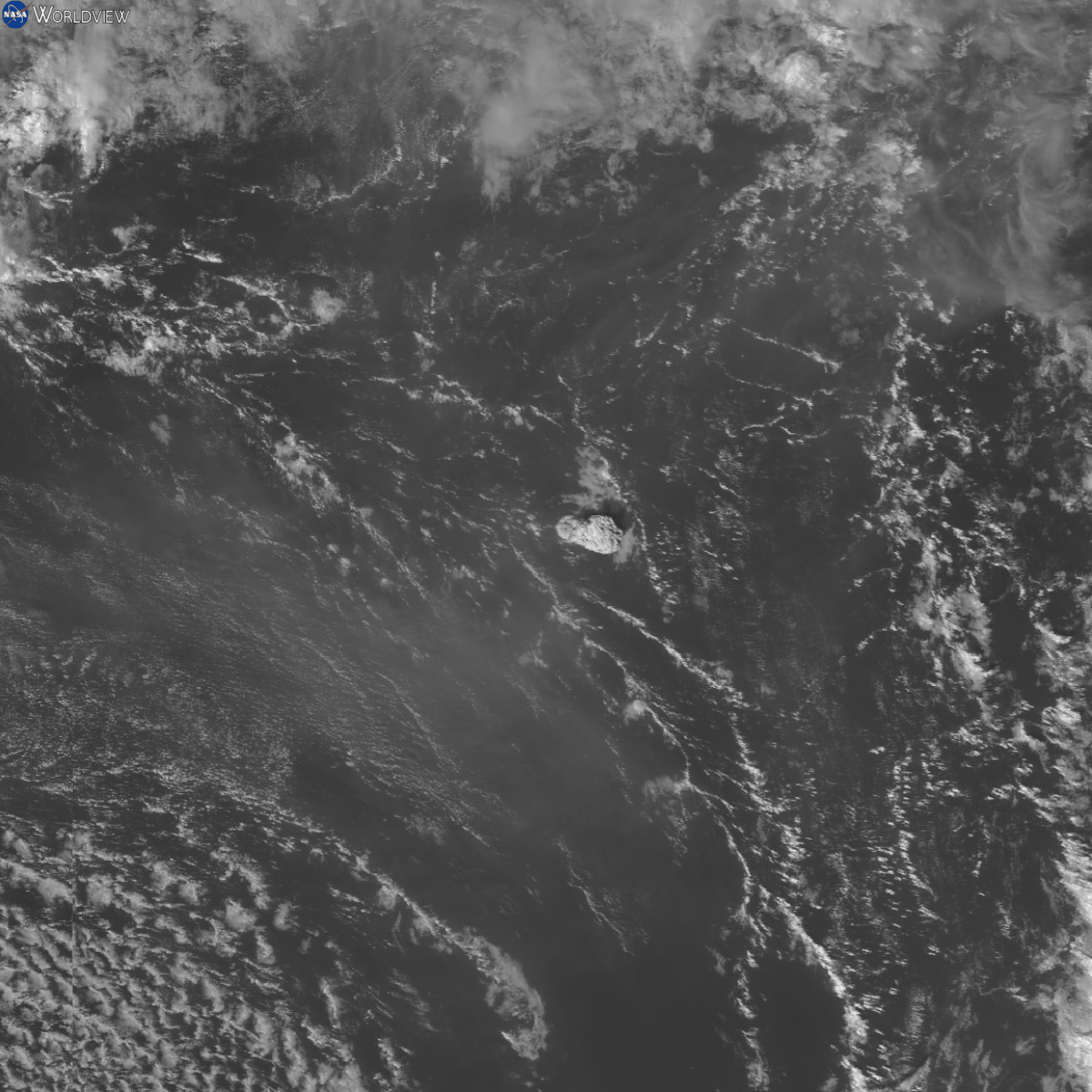The recent eruption of Hunga Tonga-Hunga Ha‘apai in Tonga was one of the most explosive volcanic events witnessed in modern history. While the lava was a significant issue, it was just the tip of the iceberg. The volcanic ash spread across the islands, contaminating drinking water and triggering a severe humanitarian crisis.

That got me thinking about how such events impact our access to clean water. A student in a water survival course recently asked if volcanic ash and debris could be filtered out of drinking water. It's a valid concern, considering that standard filters and disinfectants often struggle with pollutants like chemicals or gases. Just look at what happened in 2010 when the Eyjafjallajökull eruption in Iceland sent ash across Europe.
Let’s break down the risks volcanic ash poses to water supplies, which water sources are most vulnerable, and how to mitigate these dangers effectively.
### Summary:
- Volcanic ash contaminates water in three primary ways: turbidity (cloudiness), acidity, and chemical compounds.
- Turbidity makes water murky, clogging water treatment facilities and increasing the risk of pathogens spreading.
- Acidity generally isn't a huge concern, with pH levels rarely dropping below 6.5, similar to milk.
- Among the chemical contaminants, fluoride is particularly concerning due to its toxicity.
- Open water sources like lakes, ponds, and rainwater collection systems are especially vulnerable to ash fallout.
- Groundwater is safer but still requires filtration.
- Disconnect appliances like dishwashers, hot water heaters, and washing machines to prevent sludge buildup.
- Pre-filter water using a cloth or bandana to extend the lifespan of your main filter.
- Use a high-quality filter capable of removing heavy metals and fluoride.
- Always keep a reserve of stored water for emergencies.
### How Volcanoes Threaten Water Supplies
Volcanic ash affects water quality in three key ways:
1. **Turbidity**: This is the cloudiness caused by ash particles, which can block sunlight and overwhelm water treatment plants, leaving water unsafe for consumption.
2. **Acidity**: While volcanic ash is acidic, it rarely lowers pH levels significantly, typically staying around 6.5, comparable to milk.
3. **Chemical Contaminants**: Common elements include aluminum, calcium, chlorine, fluorine, magnesium, potassium, sodium, and sulfur. Most are harmless, except for aluminum and fluorine.
Fluoride is particularly dangerous, as it can cause liver and kidney damage in small amounts. Fortunately, ash-contaminated water often contains elevated levels of iron and manganese, giving it a metallic taste that discourages excessive consumption.
### Which Water Sources Are Most Vulnerable?
Open water sources like lakes, ponds, and streams are highly susceptible to ash contamination. Rainwater collection systems are also at risk, as ash accumulates on rooftops and enters the water collection system. Groundwater, such as wells and springs, is relatively safe from ash due to natural filtration through soil and rock layers. However, this protection isn't guaranteed and depends on local geology.
For instance, in Tonga, the alkaline limestone helped neutralize acidic compounds, but shallow reservoirs were still prone to contamination.
### Securing Water After a Volcanic Event
To safeguard your water supply, follow these steps:
1. Protect or avoid open water sources as much as possible.
2. Turn off water to appliances like dishwashers, hot water heaters, and washing machines to prevent sludge accumulation.
3. Look for underground water sources like wells.
4. Remove ash physically before filtering or distilling the water.
5. Filter or distill the water to eliminate harmful chemicals, especially fluorine.
6. Disinfect the water to kill pathogens.
While it might seem impossible to shield open water sources, there are practical measures you can take:
- Cover rainwater collection systems as quickly as possible.
- If you have a small pond, cover it with a tarp to minimize ash contamination.
Don’t forget your pets and livestock. Fluoride in volcanic ash killed over 2,000 grazing animals in New Zealand during the 1995 Ruapehu eruption. Ensure your pets’ water bowls are protected, and be mindful of any nearby water sources they might access.
When cutting off water to appliances, start with the fridge and dishwasher, which usually have individual shut-off valves. For the hot water heater, locate the lever to stop the water flow. As a last resort, shut off the main water supply to the house.
### Tips for Water Safety
Remember, always switch off the power to your hot water heater when cutting off water to avoid burning out the heating elements. After flushing out contaminated water, reconnect appliances cautiously.
If you're in an area prone to ashfall, scout for springs or dig a well ahead of time. Having a manual pump for your well ensures you can access water even without electricity.
High-quality filters can make water safe to drink, but pre-filtering helps extend their lifespan. Use a cloth or bandana to strain out solids before running water through your main filter. Portable filters typically don’t remove chemicals, so consider using a gravity-fed filter like a Berkey with a fluoride attachment.
Lastly, stock up on stored water for your family and pets. Turbidity usually clears within a few days, but filtration can be slow, so having reserves buys you time.
### Additional Resources
For more insights, check out "What Are The By-Products Of Volcanic Eruptions?" from Aquasana, published in February 2022.
Kitchen Waste Bin
pull out,waste bin,trash can
Foshan Gruwill Hardware Products Co., Ltd. , https://www.zsgruwill.com